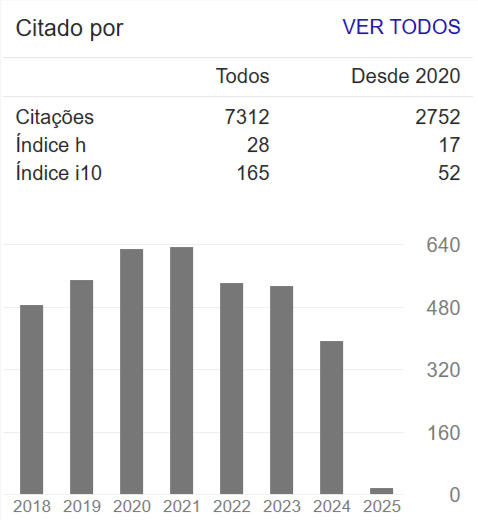...
Abstract
Water stable isotopes have been used as a tool in hydrometeorological studies, generating relevant information about the relationship between climate and groundwater recharge as well as determining surface water flows origin, contributing to the understanding of the consequences of climate change on the hydrological cycle. The present work presents the main climatic controls responsible for the variability in the precipitation monthly isotopic composition in the central region of São Paulo state, where areas of recharge of important aquifers of the Paraná Basin are located. Local meteoric water line (δ2H = 8.34 * δ18O + 15.71) indicates that the isotopic composition is influenced by a source of oceanic moisture and vapor recirculation processes along the displacement of air masses over the continent. The observed seasonality indicates that depleted rains (δ18O = <-6 ‰) occur during the rainy season, associated to the great availability of humidity, transported mainly from Amazonia, associated with the South Atlantic Convergence Zone (ZCAS) and frontal systems, while enriched rains (δ18O => -3 ‰) occur during the dry period, with the performance of the Cold Fronts (FF) and the formation of convective rains. The results presented and discussed in this paper contribute to the comprehension of seasonal variability in isotopic composition of precipitation, basic information for understanding about water movement, that include aquifer recharge, in state of São Paulo.

















